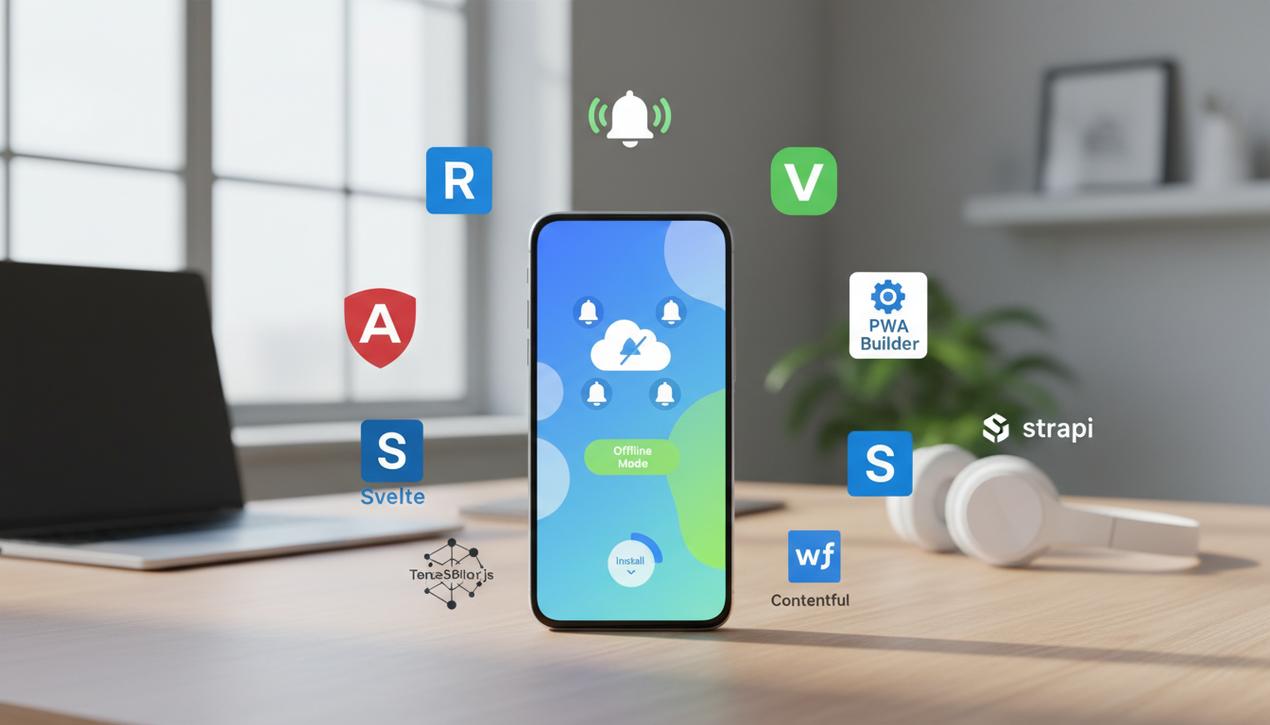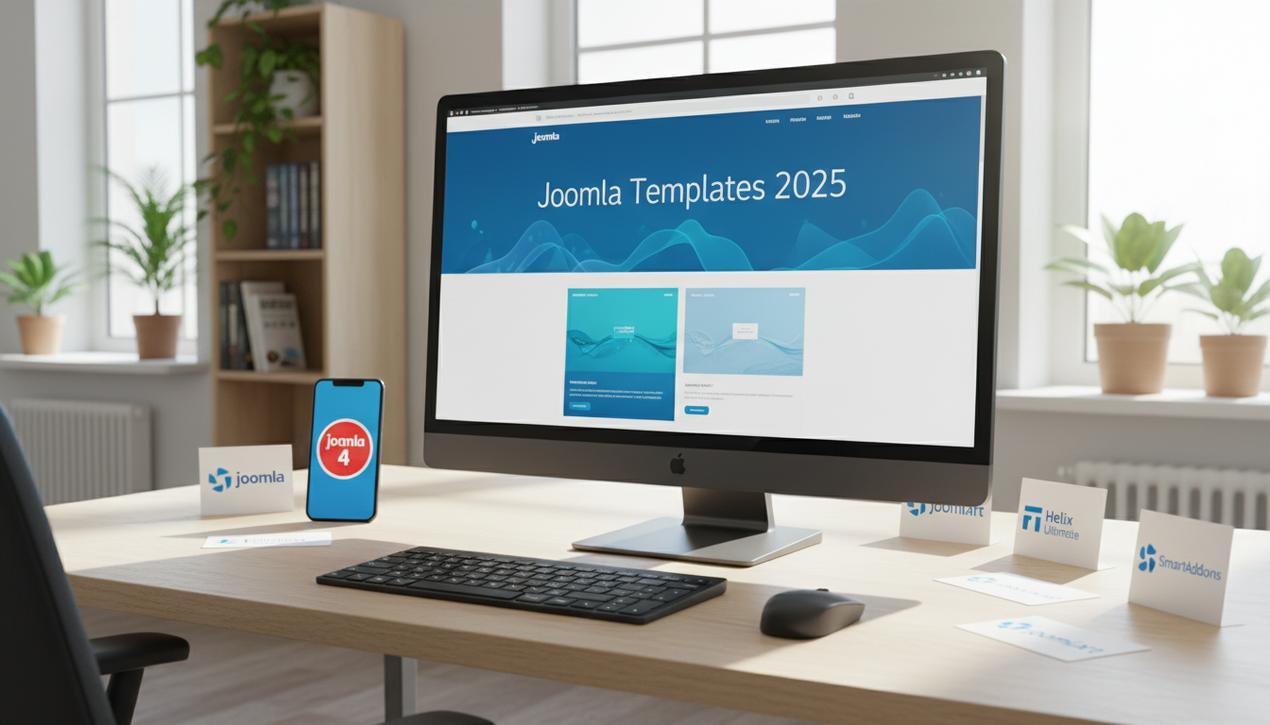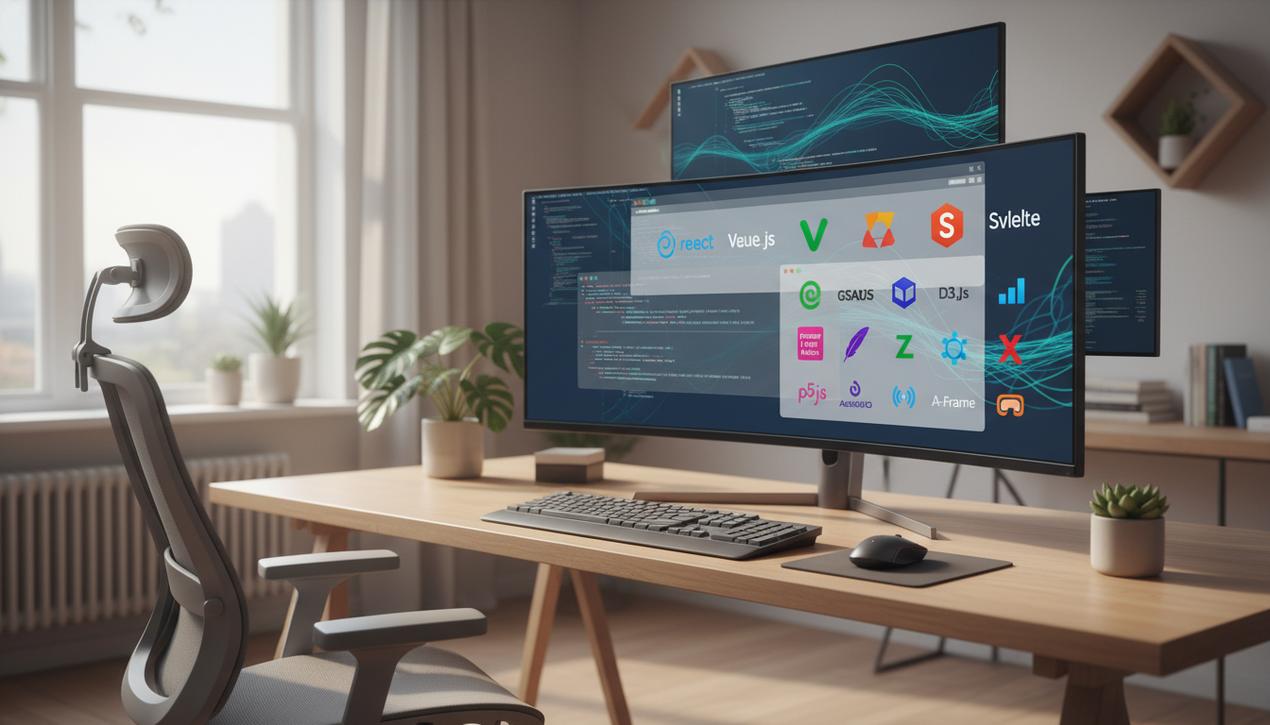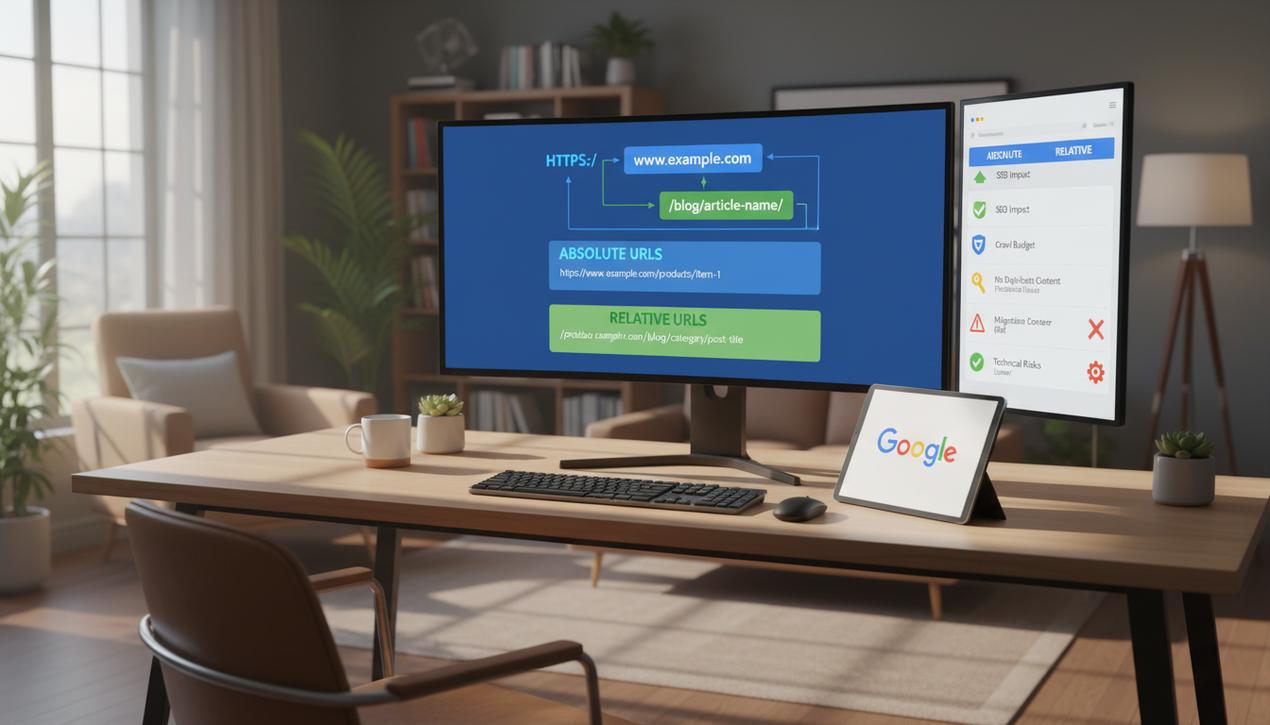PWA Development: The Complete Guide for 2025


In the mobile-first era, delivering a fast, reliable, and engaging user experience is no longer an option—it’s a necessity. This is where Progressive Web Apps (PWAs) come in, a technology that merges the best of the web with the capabilities of native applications. A PWA is a website that behaves like an app: it’s installable on the home screen, accessible offline, and can send push notifications. The statistics speak for themselves: the global PWA market is projected to grow at a CAGR of over 30%, reaching a market value of more than $10 billion by 2027. Businesses adopting PWAs report an average conversion rate increase of over 50% and page load time reductions of up to 75%. In 2025, as app store friction—a key challenge when you publish an app on the Play Store—and download fatigue intensify, PWA development has become a major strategic advantage. This guide will explain why and how to master this technology to propel your digital presence forward.
Why PWAs Dominate the Mobile Web in 2025
Native apps have long been the gold standard for performance, but their high development costs, store-bound distribution, and the download barrier for users have paved the way for a more flexible alternative. PWAs bridge this gap by offering a rich, app-like experience without the traditional constraints.
Reduced Development and Maintenance Costs
One of the most significant advantages of PWA development is resource rationalization. Instead of building and maintaining separate codebases for iOS and Android, a single PWA runs on all platforms through a web browser. This can reduce initial development costs by 30-50% and drastically simplifies updates. New features and fixes are deployed instantly to all users the moment they access the app, no app store review process required.
A Frictionless User Experience
The journey to install a native app involves multiple steps, with industry data showing that an average of 20% of potential users drop off at each stage. A PWA eliminates this barrier entirely. Accessible via a simple URL, it can be “installed” on a user’s home screen with a single click. This immediate accessibility boosts reach, simplifies sharing via social media or messaging, and converts every visitor into a potential user. There’s no store redirect, no download time—just instant access.
Superior Performance and Loading Speed
Speed is a critical factor for user retention and SEO. Thanks to technologies like Service Workers that manage intelligent resource caching, PWAs load almost instantly, even on slow or unstable networks. For example, Forbes magazine launched a PWA that cut its load time to under one second, resulting in a 43% increase in sessions per user and a 100% boost in engagement. This is a massive competitive edge in an age of limited user patience.
Enhanced SEO and Discoverability
Unlike native apps, which are confined within app stores, PWAs are websites at their core. This means their content is fully indexable by search engines like Google. This dual visibility—as both a website and an app—drives organic traffic and improves discoverability. Every page of your PWA can be a landing page, directly accessible from search results, which is a powerful acquisition channel unavailable to native apps.
Bypassing App Store Gatekeepers
A major strategic advantage in 2025 is the ability of PWAs to operate independently from the Google Play Store and Apple App Store. This not only means avoiding the 15-30% commission on transactions but also breaking free from lengthy and sometimes restrictive review processes. Updates are pushed on your schedule, providing unmatched agility to test features and respond to user feedback.
Key Steps to Build a Progressive Web App
Developing a PWA follows a structured process to ensure it meets the core criteria of performance, installability, and reliability. Here are the fundamental steps to follow.
1. Ensure Core Technical Prerequisites
First and foremost, your website must be served over HTTPS. This is a non-negotiable security requirement for Service Workers to function. Additionally, your site must be fully responsive, providing a seamless experience across all screen sizes, from mobile to desktop.
2. Implement the Web App Manifest
The web app manifest is a simple JSON file that tells the browser how your PWA should behave once “installed.” It defines key elements such as:
- The full name (
name) and short name (short_name) of the app. - The icons to be used on the home screen, in various resolutions.
- The start URL (
start_url) for when the app is launched. - The display mode (
display), such asstandalonefor a native-like feel without browser UI. - The theme color (
theme_color) and background color (background_color).
3. Implement a Service Worker
The Service Worker is the technical heart of a PWA. It’s a JavaScript script that runs in the background, separate from the web page. It acts as a proxy between the application, the browser, and the network. Its primary roles are to intercept network requests, manage caching for offline functionality, and handle push notifications.
4. Define an Effective Caching Strategy
Simply enabling a Service Worker isn’t enough; you need a smart caching strategy. Common approaches include:
- Cache First: Ideal for static assets like CSS and images. The Service Worker serves from the cache first and only goes to the network if the resource isn’t found.
- Network First: Best for content that changes frequently, like a news feed. It tries the network first to get the latest version and falls back to the cache if the network fails.
- Stale-While-Revalidate: A popular compromise. It serves content instantly from the cache for speed, while simultaneously requesting an updated version from the network to update the cache for the next visit.
5. Choose the Right Technology Stack
While a PWA can be built with vanilla JavaScript, modern frameworks accelerate development. Strong expertise is key, and for newcomers, a solid guide on computer programming is the first step. React, Vue.js, and Angular are the most popular choices, and the decision will depend on your team’s skills and project requirements.
6. Test and Audit with Google Lighthouse
Lighthouse, a free auditing tool integrated into Chrome’s developer tools, is essential. It analyzes your application and generates a report on its performance, accessibility, SEO best practices, and, most importantly, its compliance with PWA criteria. Aiming for a high score in Lighthouse is the best way to ensure a quality PWA before launch.
Essential 2025 Technologies and Tools for PWAs
The ecosystem for building PWAs is richer than ever. Using the right tools can make all the difference.
- JavaScript Frameworks: React, Angular, and Vue.js remain the undisputed leaders. Svelte is also gaining traction as a high-performance, lightweight alternative.
- Generation Tools: Microsoft’s PWA Builder is an excellent starting point for converting an existing website into a PWA by automatically generating the manifest and a basic Service Worker.
- Service Worker Libraries: Google’s Workbox is a library that dramatically simplifies cache management and offline logic, removing much of the boilerplate code.
- Headless CMS Platforms: Tools like Strapi, Contentful, or Sanity decouple content management (backend) from its presentation (frontend). This architecture is ideal for PWAs that consume data via APIs, offering greater flexibility and performance.
- Build Tools: Modern build tools like Vite and Webpack are essential for optimizing assets, bundling code, and creating a performant production build.
The Future of PWAs: Trends Shaping Tomorrow
PWAs are evolving rapidly, integrating ever-more-powerful features that blur the line between web and native applications.
Advanced Hardware Capabilities (Project Fugu)
Project Fugu is an initiative by Google, Microsoft, and Intel to bring native app capabilities to the web. Thanks to new APIs, PWAs can now access hardware features like Bluetooth, NFC, the local file system, and even device contacts. This opens the door for far more complex use cases, such as point-of-sale systems, advanced image editing tools, and IoT applications, all from within a browser.
Integration of AI and Augmented Reality
Artificial intelligence and augmented reality are no longer exclusive to native apps. Libraries like TensorFlow.js allow developers to run machine learning models directly in the browser for features like real-time image recognition. Similarly, the WebXR API enables immersive AR and VR experiences within a PWA, transforming sectors like e-commerce (virtual try-ons) and real estate (virtual tours).
Direct Monetization and Web Payments
With the Web Payments API, PWAs can offer a seamless and secure checkout experience by integrating with the user’s stored payment methods. Combined with the absence of app store commissions, this makes PWAs an increasingly attractive platform for e-commerce and subscription services, allowing businesses to retain more revenue.
In conclusion, Progressive Web Apps are no longer just an alternative; they are an essential component of any modern digital strategy. They directly meet user expectations for speed, accessibility, and engagement while offering businesses a more cost-effective and agile solution. By investing in PWA development, you are choosing a flexible, high-performance technology that is ready for the future of the web, ensuring a durable and effective mobile presence that maximizes your reach and impact.




